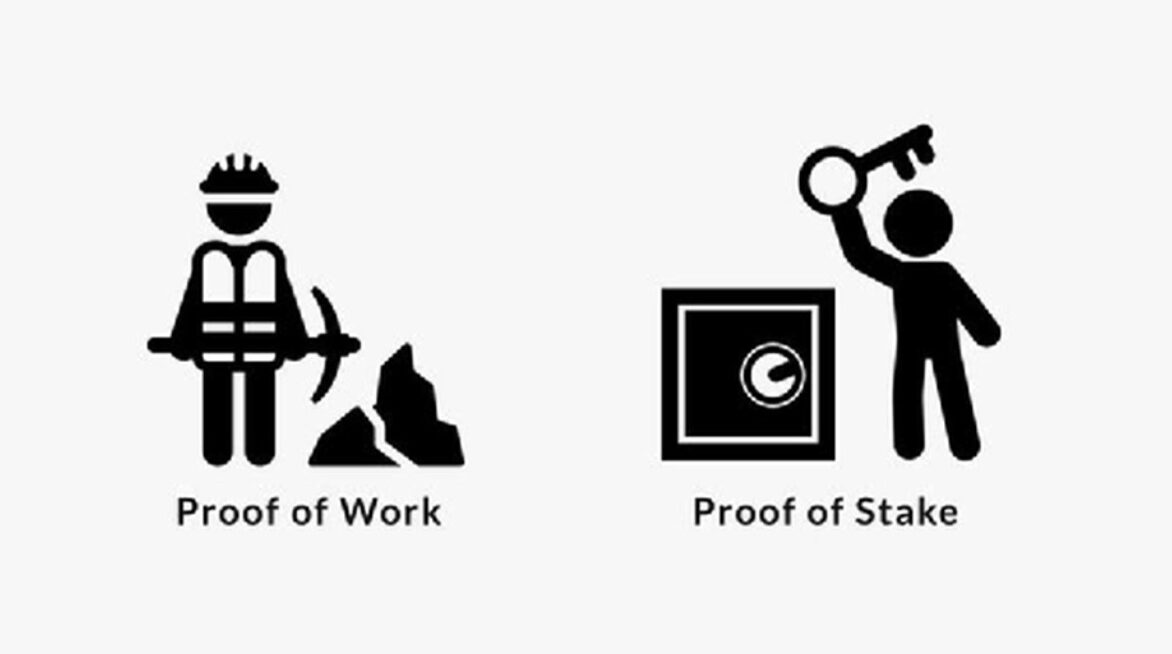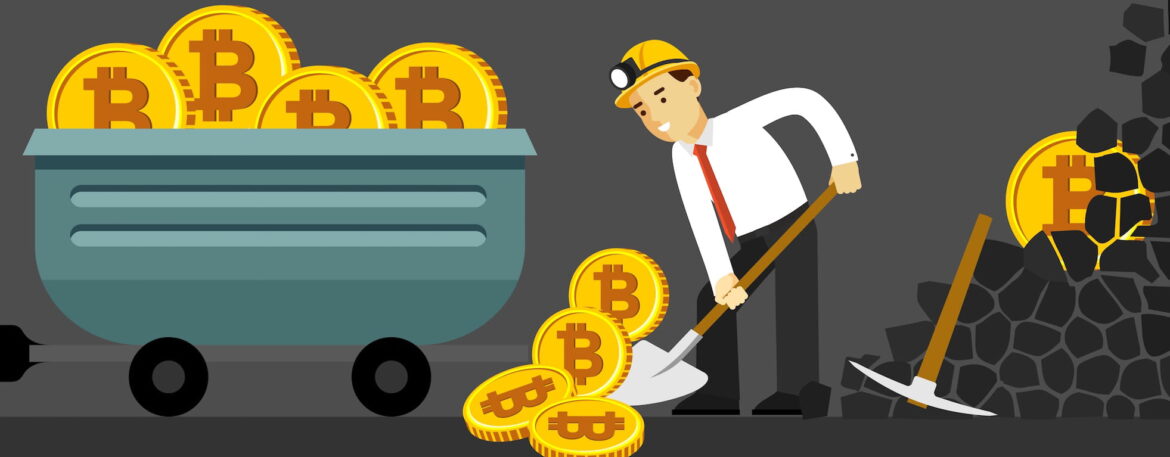Bitcoin mining is the basic mechanism that keeps the Bitcoin network running. It lets transactions be verified and new bitcoins be generated. This complicated but necessary system not only protects the decentralized network, but it also has a big impact on the digital economy as a whole. As the cryptocurrency market grows, it becomes more and more vital for enthusiasts, investors, developers, and legislators to understand the details of Bitcoin mining.
Bitcoin Mining Process Explained
Bitcoin mining is a way to add new blocks to the Bitcoin blockchain using computers. It includes solving a cryptographic conundrum called a “hash puzzle,” in which miners use specific technology to create a hash that meets certain requirements. As part of the Proof of Work (PoW) consensus mechanism, this procedure uses many resources to stop bad behavior and keep the network safe.
When a miner solves the problem, the network adds the suggested block to its database. The miner gets newly created bitcoins and transaction fees from the block in return. After the halving event in 2024, the reward will be 3.125 BTC per block in 2025. The Bitcoin protocol includes these halvings, which happen about every four years, to keep inflation in check and make sure there is not too much of it.
Importance of Proof of Work
Proof of Work is a key part of how Bitcoin works. It acts as a decentralized clock, ensuring that the network progresses in a fair and predictable manner. The time it takes to find a new block stays the same—around ten minutes—because the difficulty of mining changes every 2,016 blocks, or about every two weeks. For a global, decentralized network to stay in agreement, a steady pace is essential.
 The energy needs of PoW give it its security. To change past transactions, one must rerun the PoW for that block and all subsequent blocks. The task gets harder and harder as time goes on. This feature makes it very difficult to change or steal Bitcoin.
The energy needs of PoW give it its security. To change past transactions, one must rerun the PoW for that block and all subsequent blocks. The task gets harder and harder as time goes on. This feature makes it very difficult to change or steal Bitcoin.
Rise of ASIC Mining Technology
Application-Specific Integrated Circuits (ASICs) are specialized tools required for Bitcoin mining. These machines are made just for mining cryptocurrency, and they work much better than general-purpose technology like CPUs and GPUs. Bitmain, MicroBT, and Canaan have been the most important players in the ASIC market over the years, making models that are more powerful and use less energy.
Mining technology is always getting better, which makes miners compete with one another. People who don’t change their hardware could lose money, especially as mining gets more difficult. This perpetual competition drives mining power towards regions with affordable electricity and business-friendly regulations.
Most miners join mining pools since it is difficult to mine a block on their own. These organizations collaborate to share computing power, increasing the likelihood of solving a block. successfully mines a block, the reward is split among all the people who helped out based on how much they added to the pool’s total hash rate.
Mining pools make them more profitable for individual miners, but they also raise worries about centralization. Several large mining pools dominate a significant portion of the Bitcoin network’s hash. If one pool were to get 51% of the overall hash rate, it could possibly carry out a 51% attack, which would damage trust in the system. This issue has led to talks on how to keep the mining ecosystem decentralized.
Bitcoin Mining Environmental Impact
Globally, there has been significant debate regarding the energy consumption associated with bitcoin mining. The Cambridge Centre for Alternative Finance says that Bitcoin uses as much energy in a year as several mid-sized countries. Some individuals argue that the environmental impact of such consumption is significant, particularly when mining operations rely on fossil fuels. There is, nevertheless, an increasing movement towards more environmentally friendly mining.
 Many businesses are moving to places with lots of renewable energy, like Canada for hydroelectric electricity or Iceland for geothermal energy. Some firms, like Tesla (for a short time) and Block, have looked into employing solar panels and battery storage devices to help with mining without hurting the environment too much. There are other efforts to create “green” mining certification standards and encourage the use of sustainable energy. These efforts are part of a larger trend in the crypto business to follow ESG (Environmental, Social, and Governance) rules.
Many businesses are moving to places with lots of renewable energy, like Canada for hydroelectric electricity or Iceland for geothermal energy. Some firms, like Tesla (for a short time) and Block, have looked into employing solar panels and battery storage devices to help with mining without hurting the environment too much. There are other efforts to create “green” mining certification standards and encourage the use of sustainable energy. These efforts are part of a larger trend in the crypto business to follow ESG (Environmental, Social, and Governance) rules.
Economics of Bitcoin Mining
The price of Bitcoin, the difficulty of mining, energy prices, hardware costs, and the size of the operation all have an effect on the economics of Bitcoin mining. As Bitcoin’s price goes up, mining becomes more profitable, which brings in more miners and raises the level of competition. On the other hand, when prices go down, miners who aren’t excellent at their jobs may have to close down.
The profitability of mining also closely correlates with network difficulties. The more miners that join the network, the harder it gets. This means that each miner gets a smaller share of the profits unless they make their labor more efficient. This economic balance act makes Bitcoin mining a dynamic and frequently unstable enterprise.
Final thoughts
Bitcoin’s block reward will decrease as it approaches its 21 million-coin limit, expected around 2140. Miners will then just get transaction fees. This move raises questions about long-term incentives and network security. Developers and scholars are improving Bitcoin to prepare for this future. Lightning Network is a layer-two scaling method. These solutions attempt to lower transaction costs and boost transaction processing while retaining Bitcoin’s security. The bitcoin ecosystem relies on bitcoin mining despite mining and environmental concerns. It will shape decentralized banking and digital wealth creation and protection as it grows.



